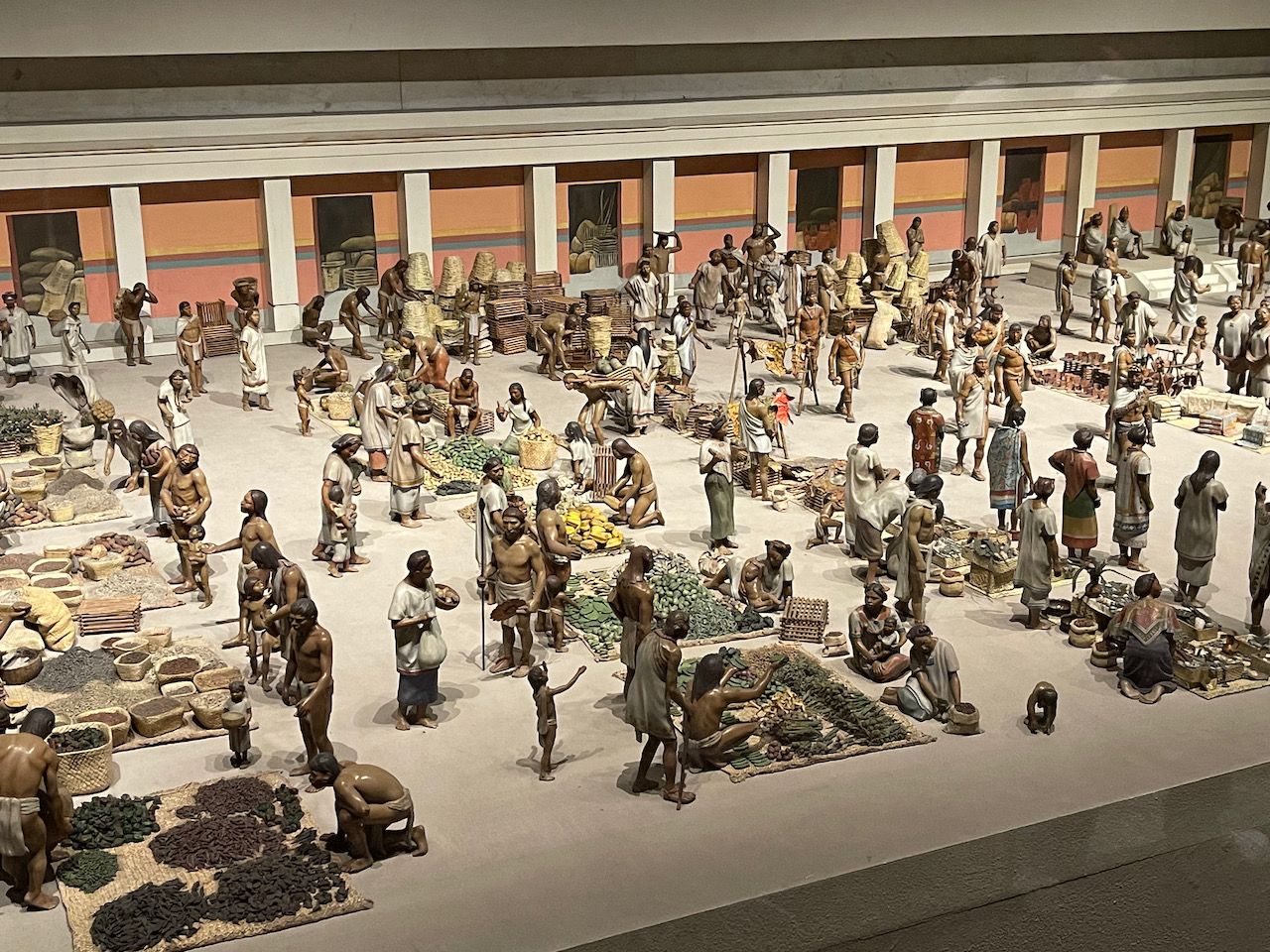
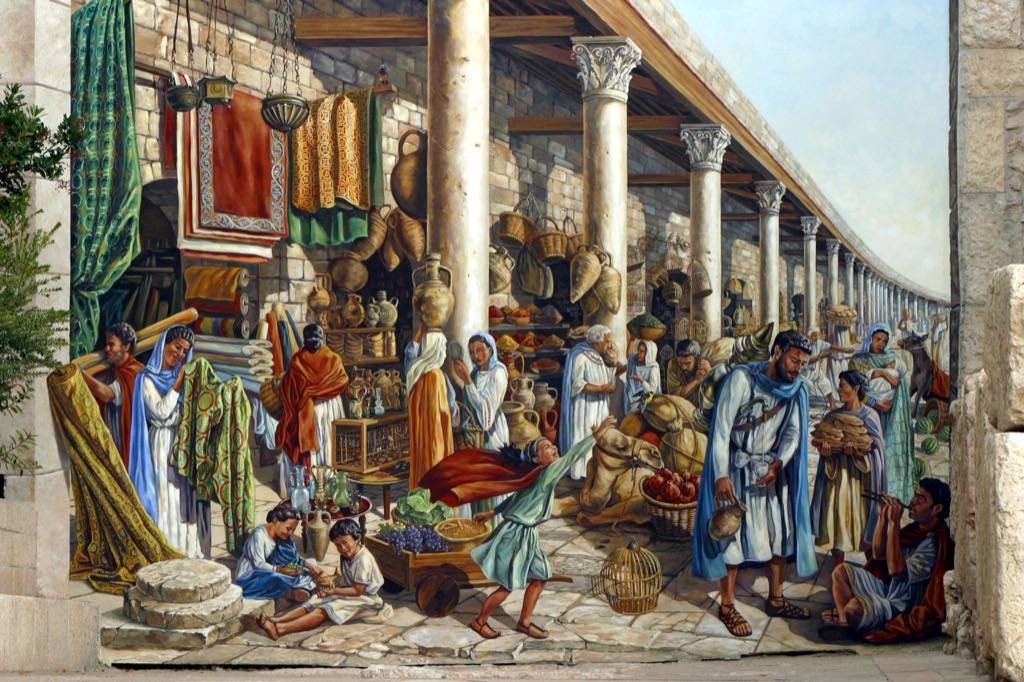
We got the chance to visit the National Anthropological Museum in Mexico City last week, and it’s kicked off a fascination with the development of Mesoamerica as a completely separate branch of civilization. The universality of the human experience is very evident in the artifacts, but the particular visual styles that evolved in Mesoamerica are very different from what evolved in the rest of the world.
Native Americans diverged genetically from the rest of humanity about 25,000 years ago, creating an amazing natural experiment with two separate runs of the "development of human civilization" simulation running in parallel without contact for 24,000+ years, one in the Americas and one in Africa/Eurasia/Australia/Polynesia.
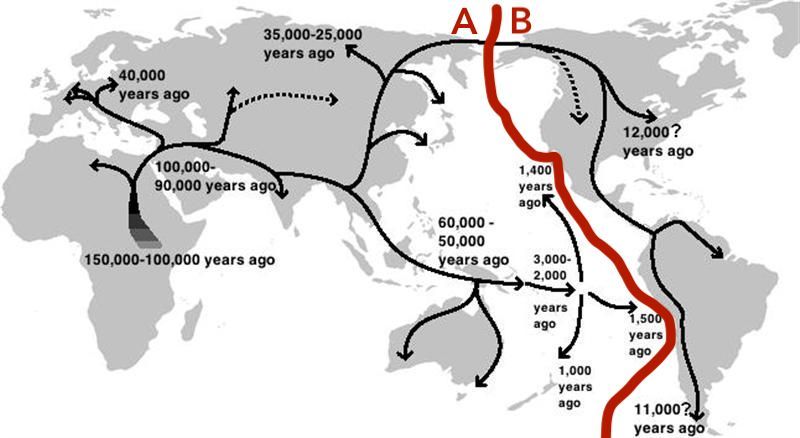
Archaeological evidence is often scant from anything that happened 25,000+ years ago, so it's hard to conclusively decide that humanity was still entirely in small tribes at that time. In fact, new discoveries now put the first known cities at 11,500 years ago, earlier than previously thought. There's evidence of some small communal settlements from 25,000 years ago (including a structure on the Asian steppes built from the bones of over 60 woolly mammoths), but it's likely that at the time of the split that humanity was not building large cities. Again, we can't know for sure, but most of the world was probably at the small-bands-of-hunter-gatherers stage, with possibly a bit of development beyond that.
Thus it's exciting to see what parts of what we think of as core elements of human society emerged independently in both places, and what didn't.
First, both groups developed large cities, and everything that comes with them. There were numerous Olmec, Toltec, Aztec, and Mayan cities in the 0 AD – 1500 AD era that had hundreds of thousands of residents. Descriptions of these cities are strongly reminiscent of ancient Egypt, with huge religious monuments, aggressive transformation of adjacent land to feed a large population, and strong social hierarchies.
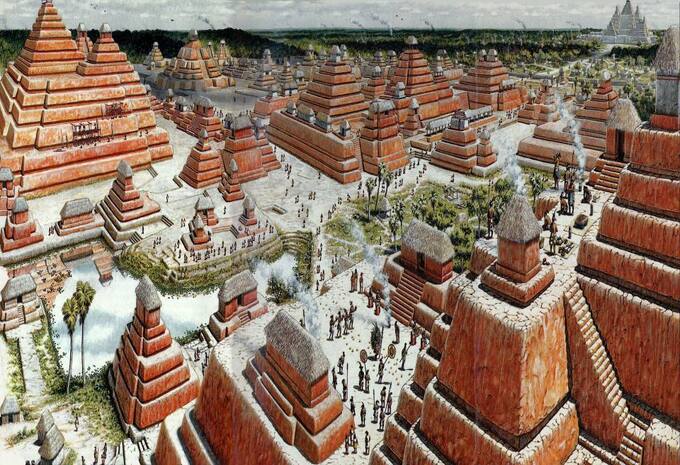
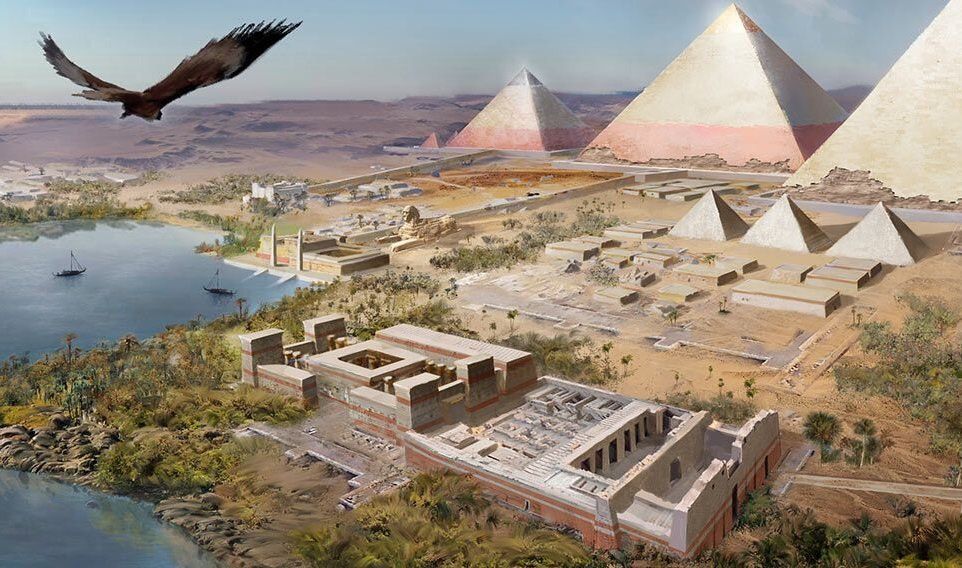
Cities seem like a natural development once enough enabling technologies are in place. There are clear advantages to gathering large groups of people together in most environments. Network effects accelerate innovation and enable labor specialization, and larger political units enable the creation of beneficial shared infrastructure such as irrigation, roads, defense, and a legal system for resolving disputes. Groups that developed cities could conquer other groups that only had villages, causing cities to extend into empires.
However, cities also pose challenges in terms of food, sanitation, and bureaucracy, as well as necessitating a culture that supports the gathering of large numbers of humans in a tight space without constant theft or violence. Food may be the biggest challenge, as without the technology to transport food over long distances, cities need to figure out how to get a huge amount of productivity out of adjacent land to feed everyone, and that means developing a cluster of food-related technologies. Agriculture and ranching are the most well-known paths to this, but it appears that other alternatives (eg aquaculture, strategic forest management) also worked and were used in the Americas as well.
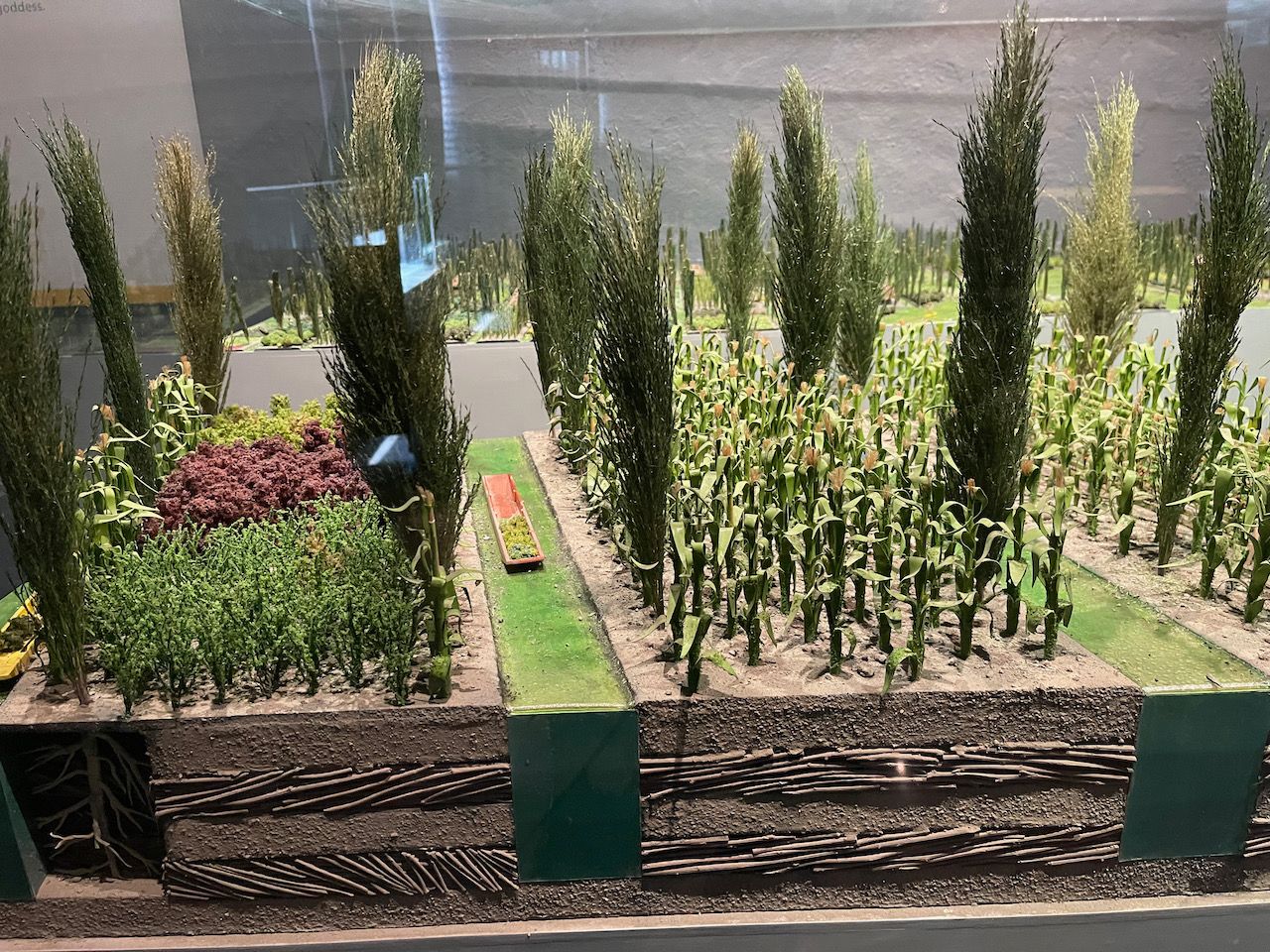
Mesoamerican civilizations developed key pieces of infrastructure we’d associate with cities, including agriculture, writing, money, astronomy, mathematics, calendars, long-distance roads, trade, markets, urban planning, customs/tariffs, taxes, guilds, etc. Aztec writing is very reminiscent of Egyptian hieroglyphics.
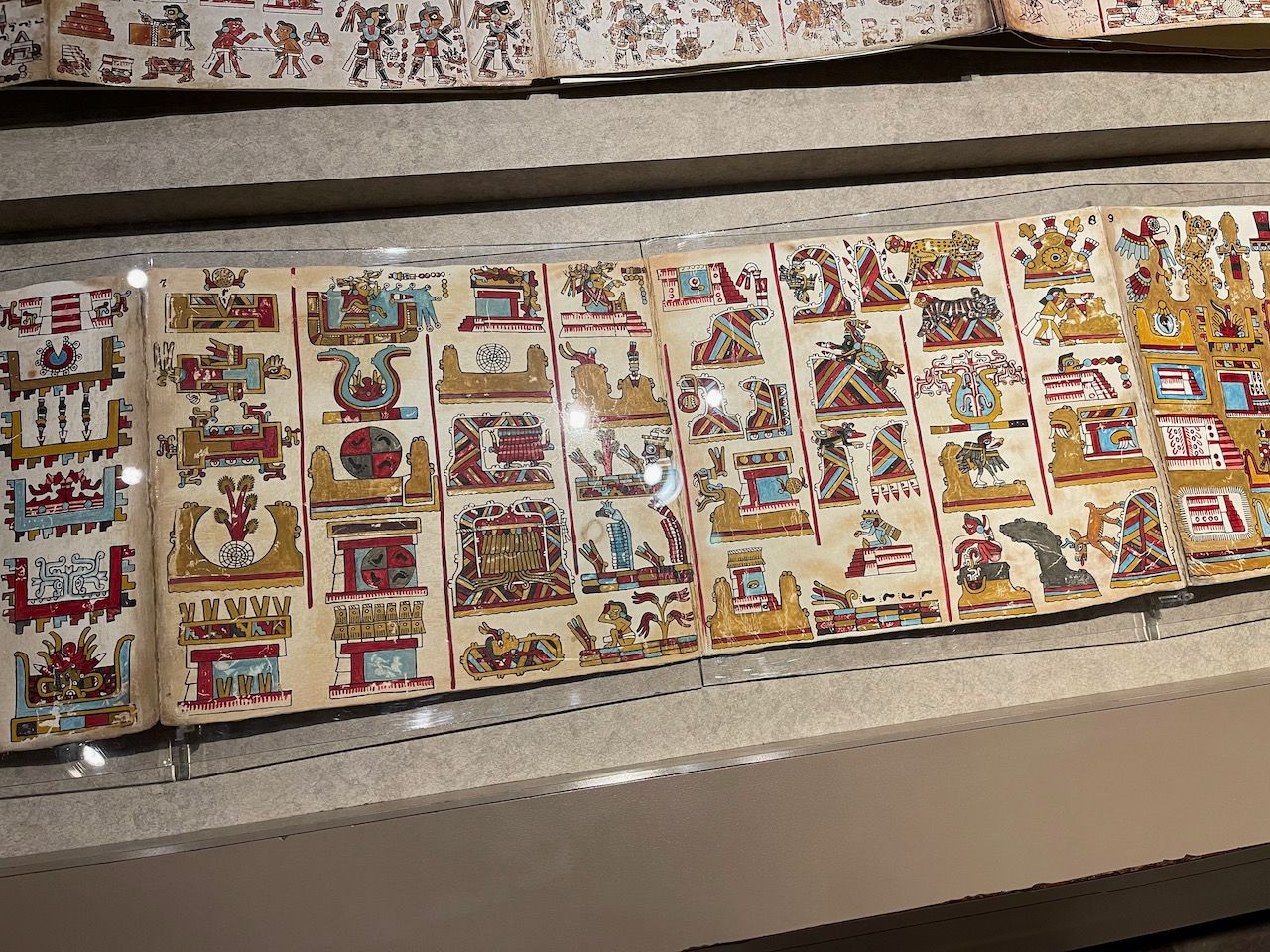
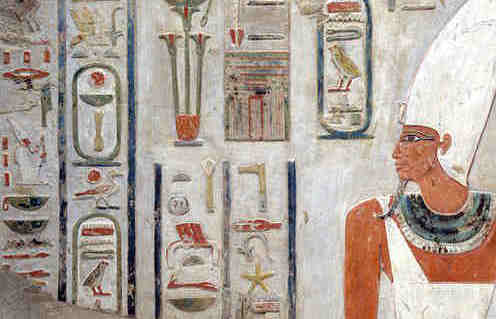
One key technology the Mesoamericans lacked was large domesticated animals that could be used for heavy labor (eg plowing) or transport. As a result, while Europeans had horses and oxen to pull carts and plow fields, the Mesoamericans had to rely on human labor for those purposes. It’s likely this limited the maximum size of Mesoamerican cities relative to African/Eurasian ones. Separately, while the Mesoamericans developed metalworking with silver, gold, and copper, they never managed to learn to work with bronze and iron, and that limited their ability to take advantage of those metals’ superior properties to build stronger structures and devices.
It’s unclear to me why Mesoamericans didn’t develop nearly as much maritime technology as the Europeans and Asians did. While the Europeans were crossing the Atlantic in large sailing ships and the Chinese were sailing truly gargantuan fleets to the Middle East 500 years ago, the Mesoamericans didn’t have anything on nearly this level, They had large canoes that could make trips between islands in the Carribbean, and some groups had developed basic sailboats, but that was the extent of it. It may be that on the European/African side, the Mediterranean provided a great early opportunity for the development of sea travel on easy mode, where the rewards from maritime commerce were large and the seas were comparatively calm.
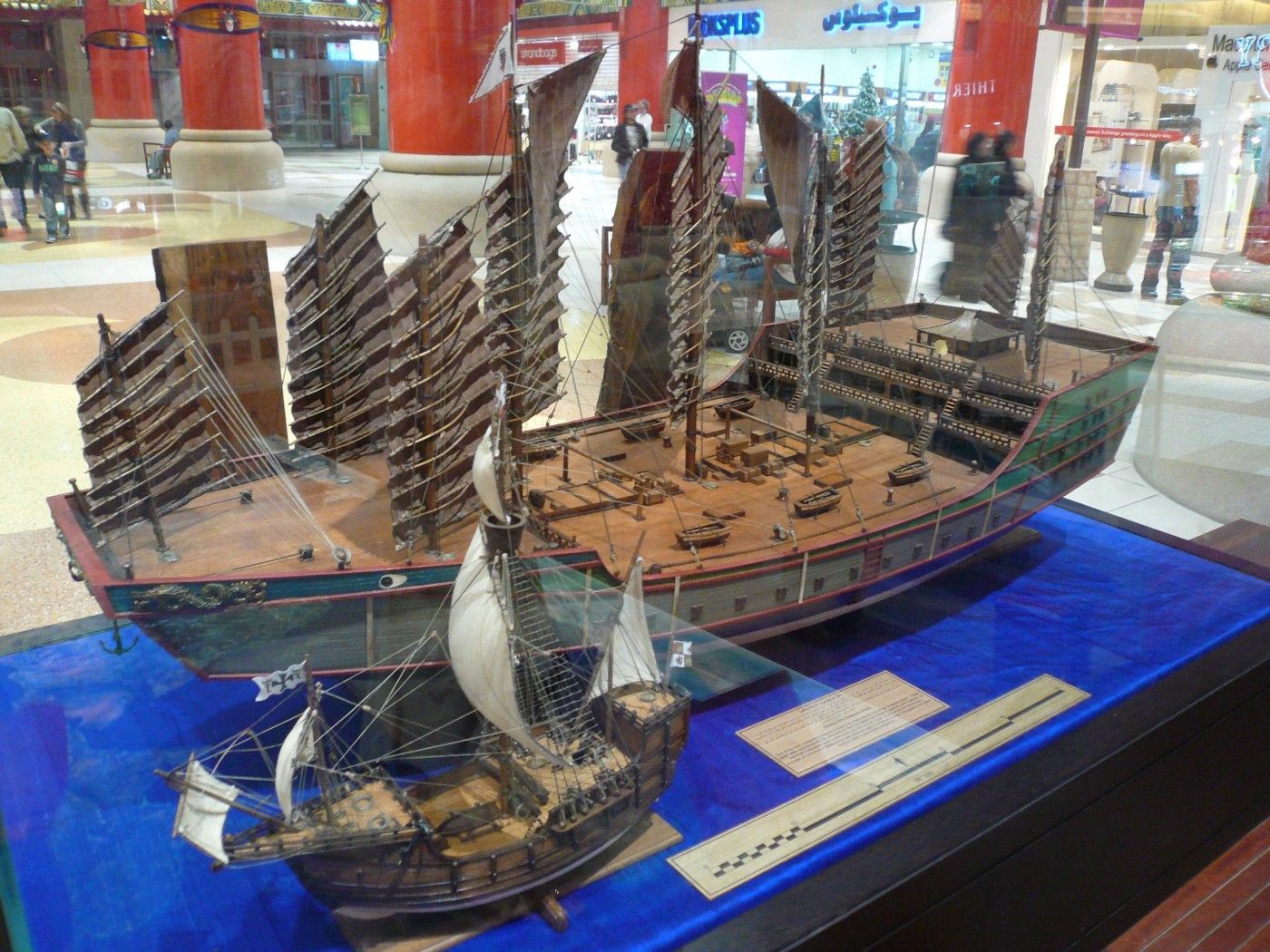
Mesoamericans did develop many technologies that were unfamiliar to the Europeans, including rubber, and the Mayans had a more accurate calendar than the Europeans did.
It’s great to see the artistic flourishing that happened all around the world as the surpluses created by cities enabled the creation of some truly wonderful works of art. The National Anthropological Museum showcases some of the best works that survived from Mesoamerica. The style of this work is emotionally strong and compelling, with power and reverence for the creatures depicted. Unfortunately, nearly all of the fine silver and gold works from these civilizations were melted down by the Europeans to finance wars back home, and we can only look at the small fraction that remains.
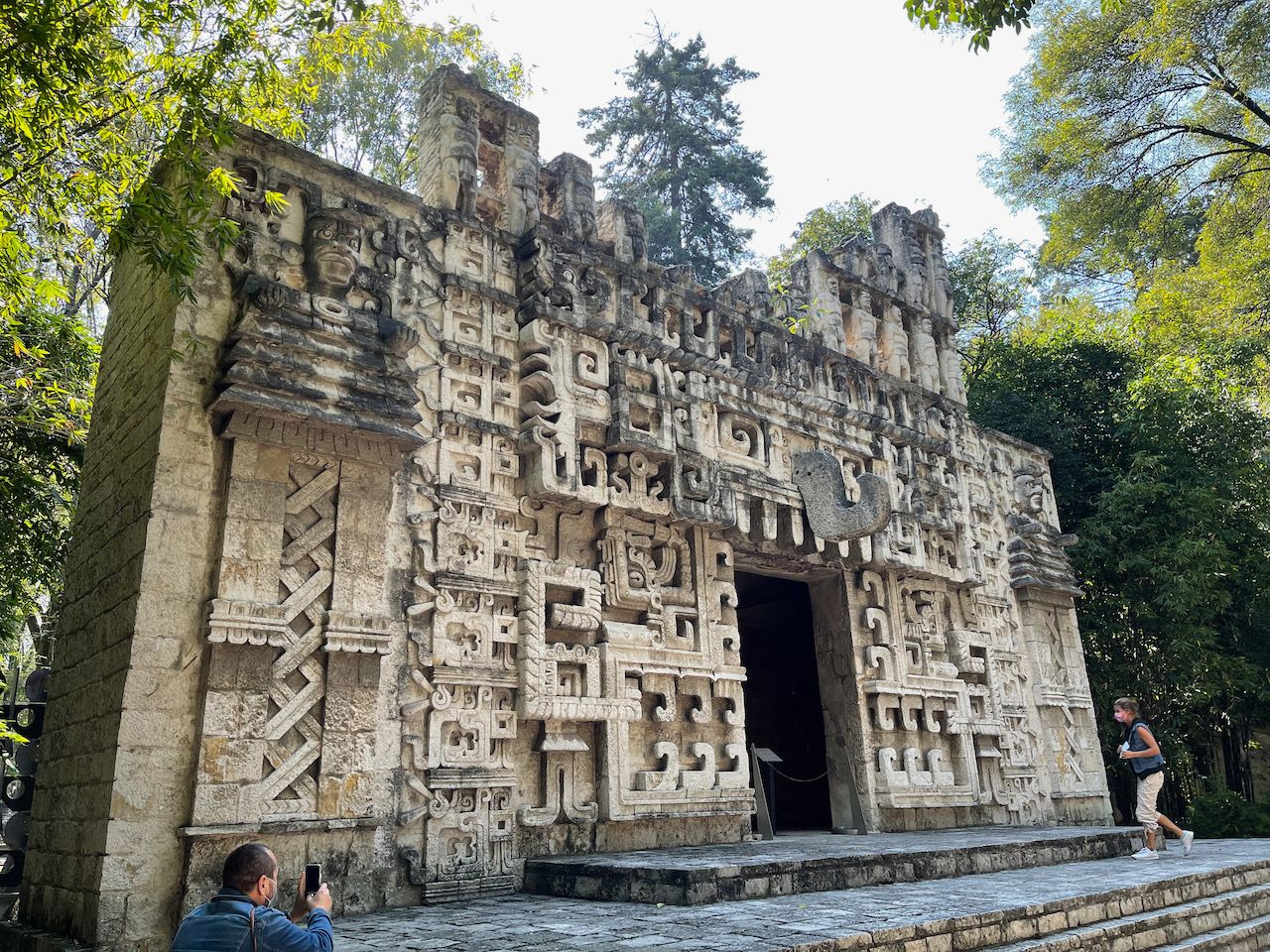

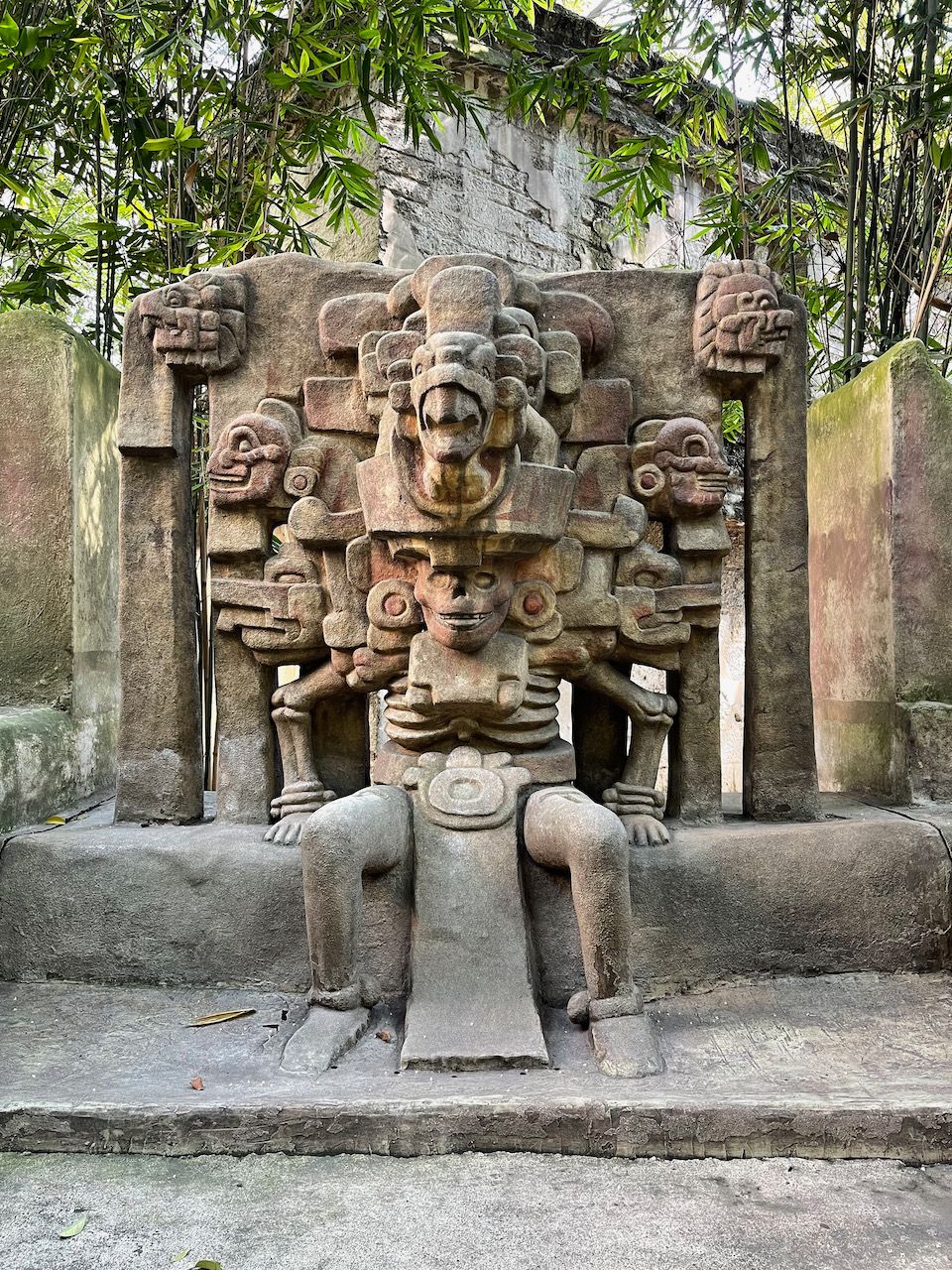
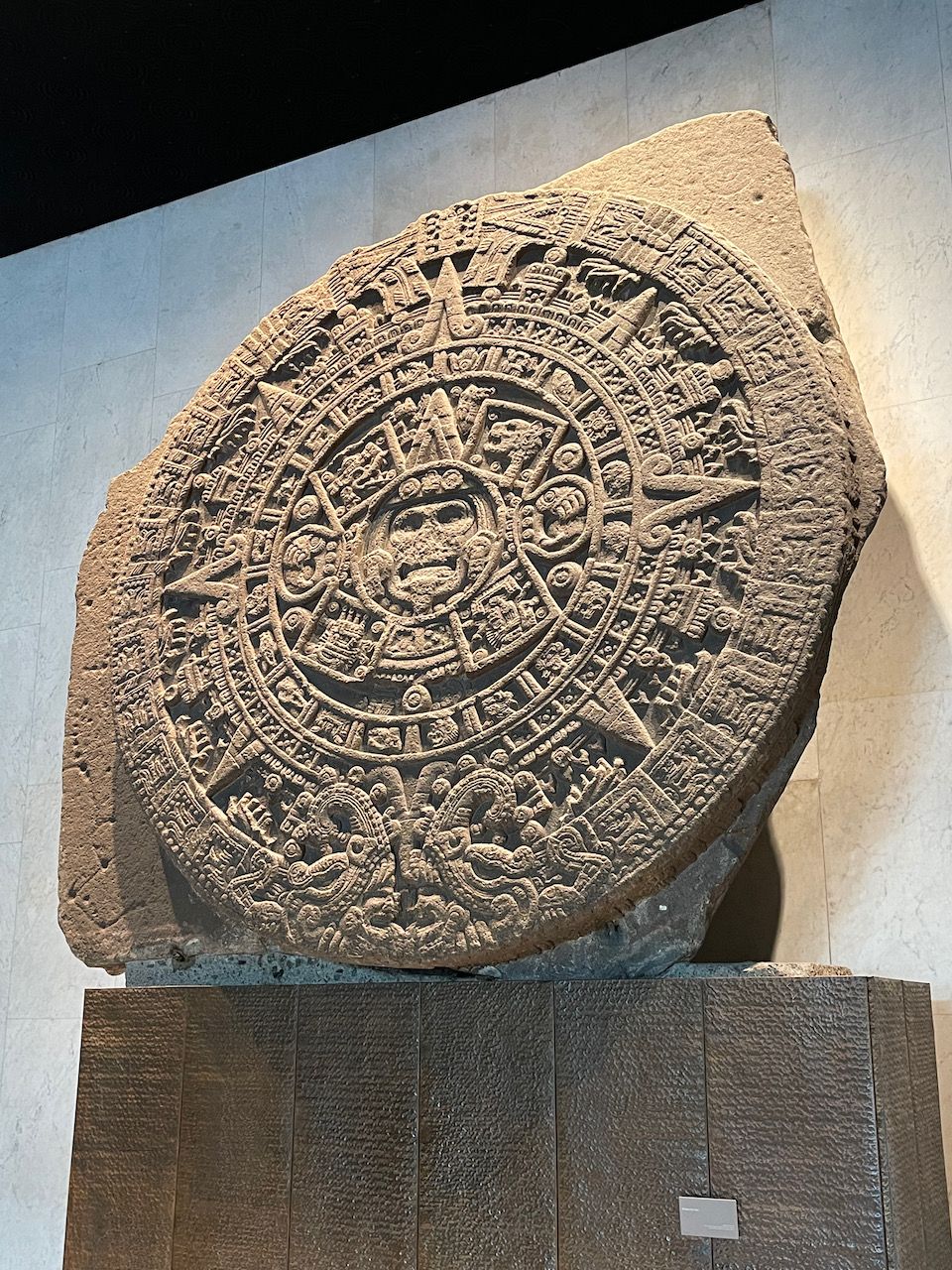
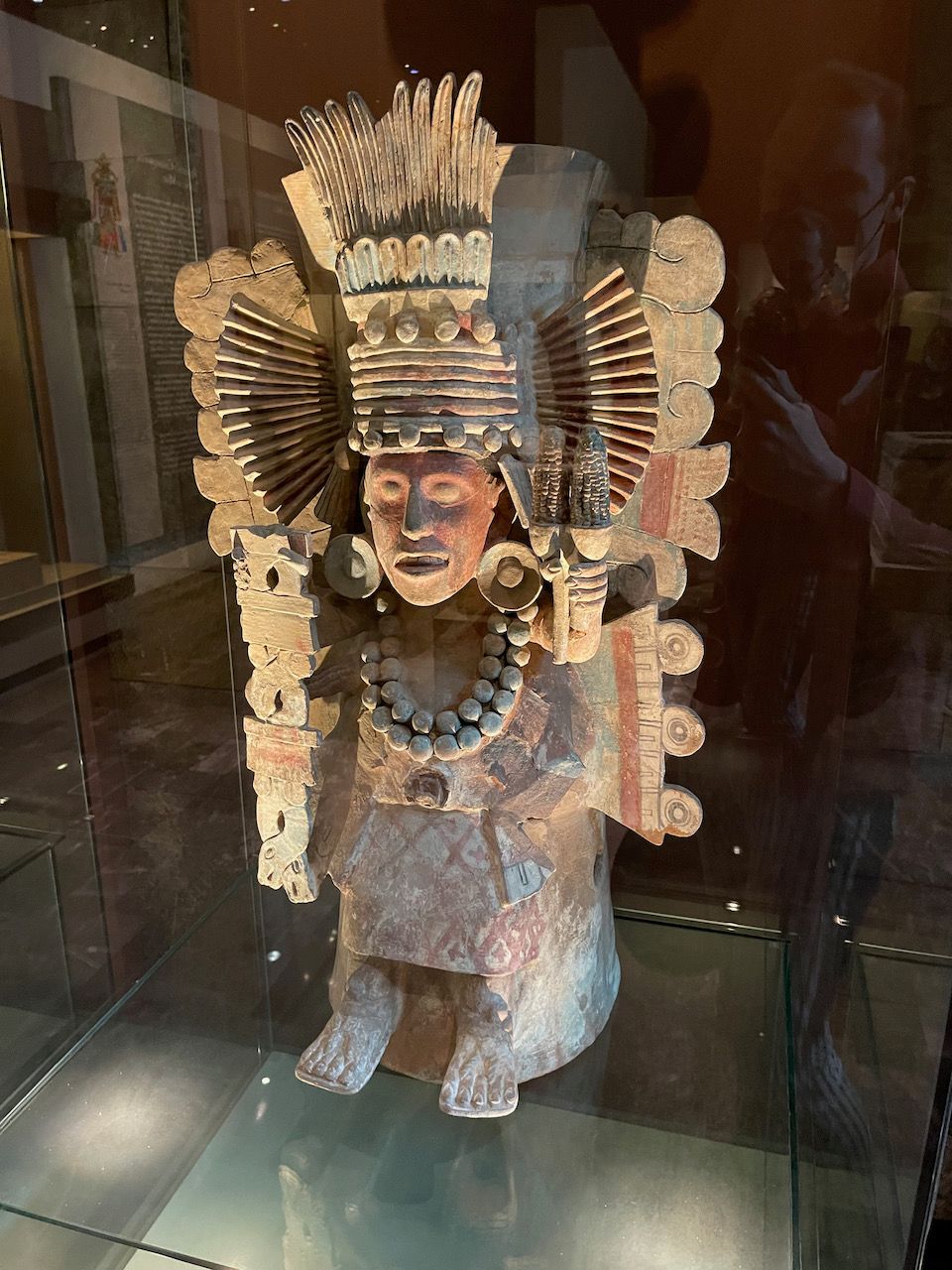
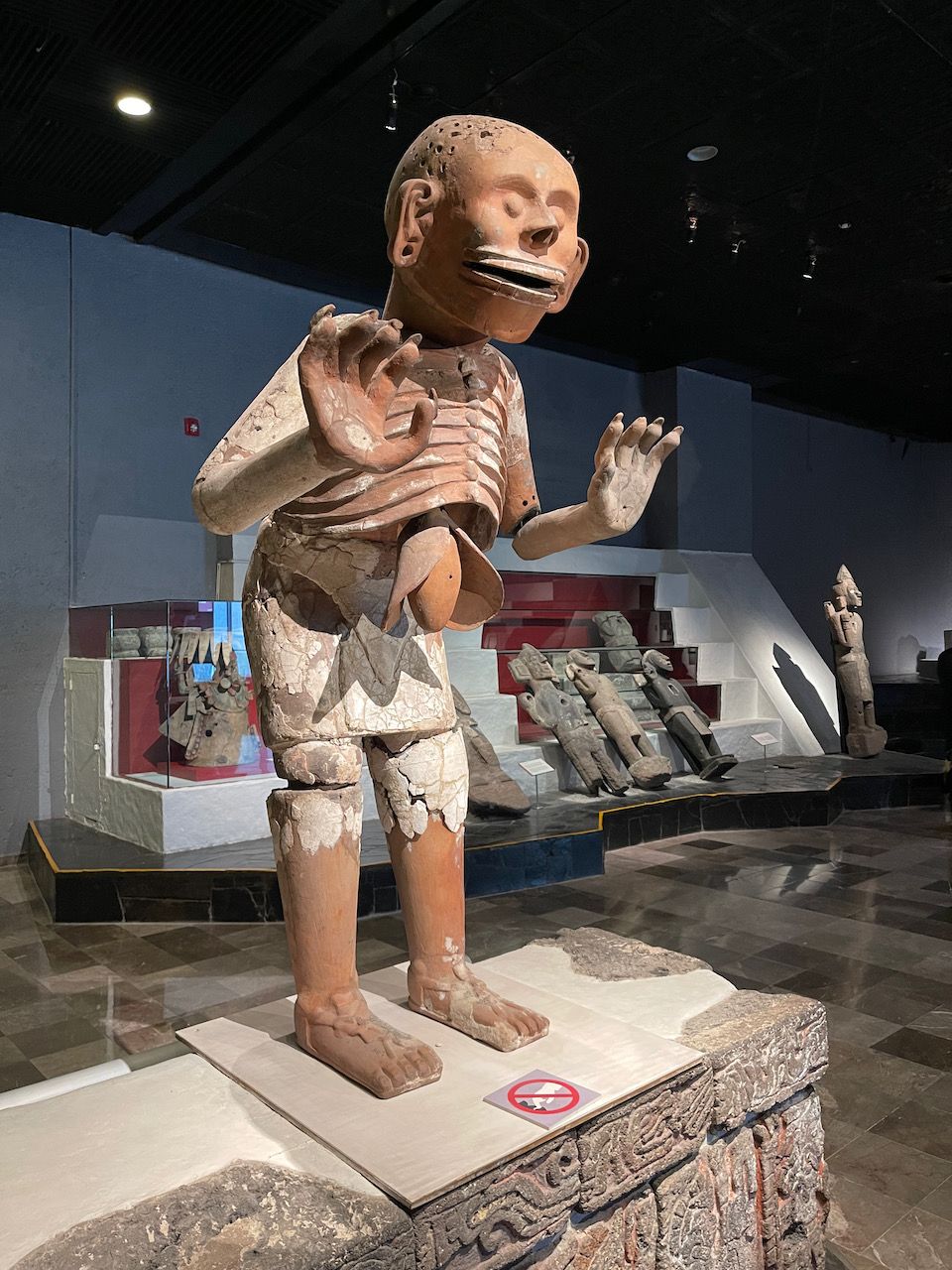
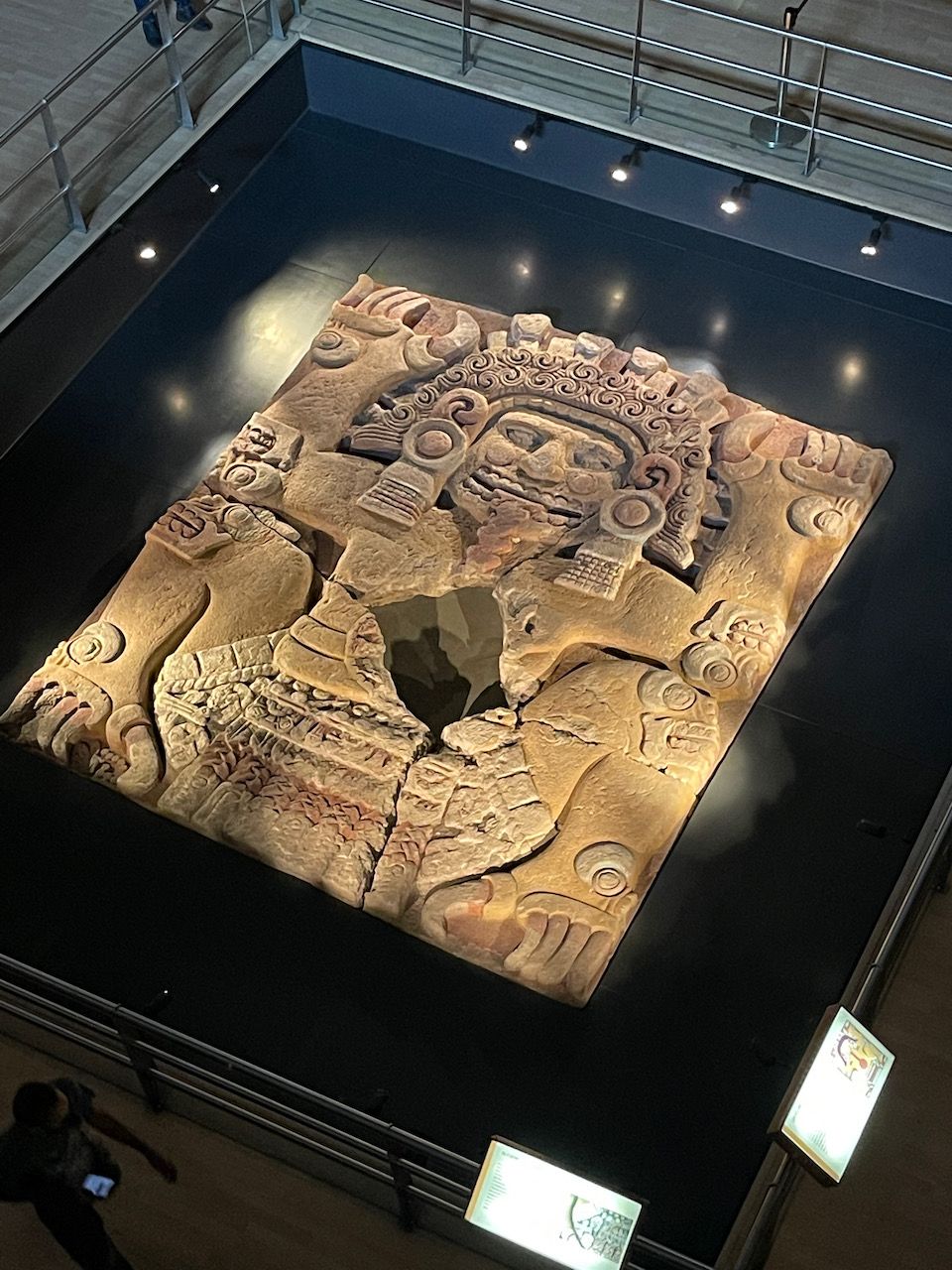
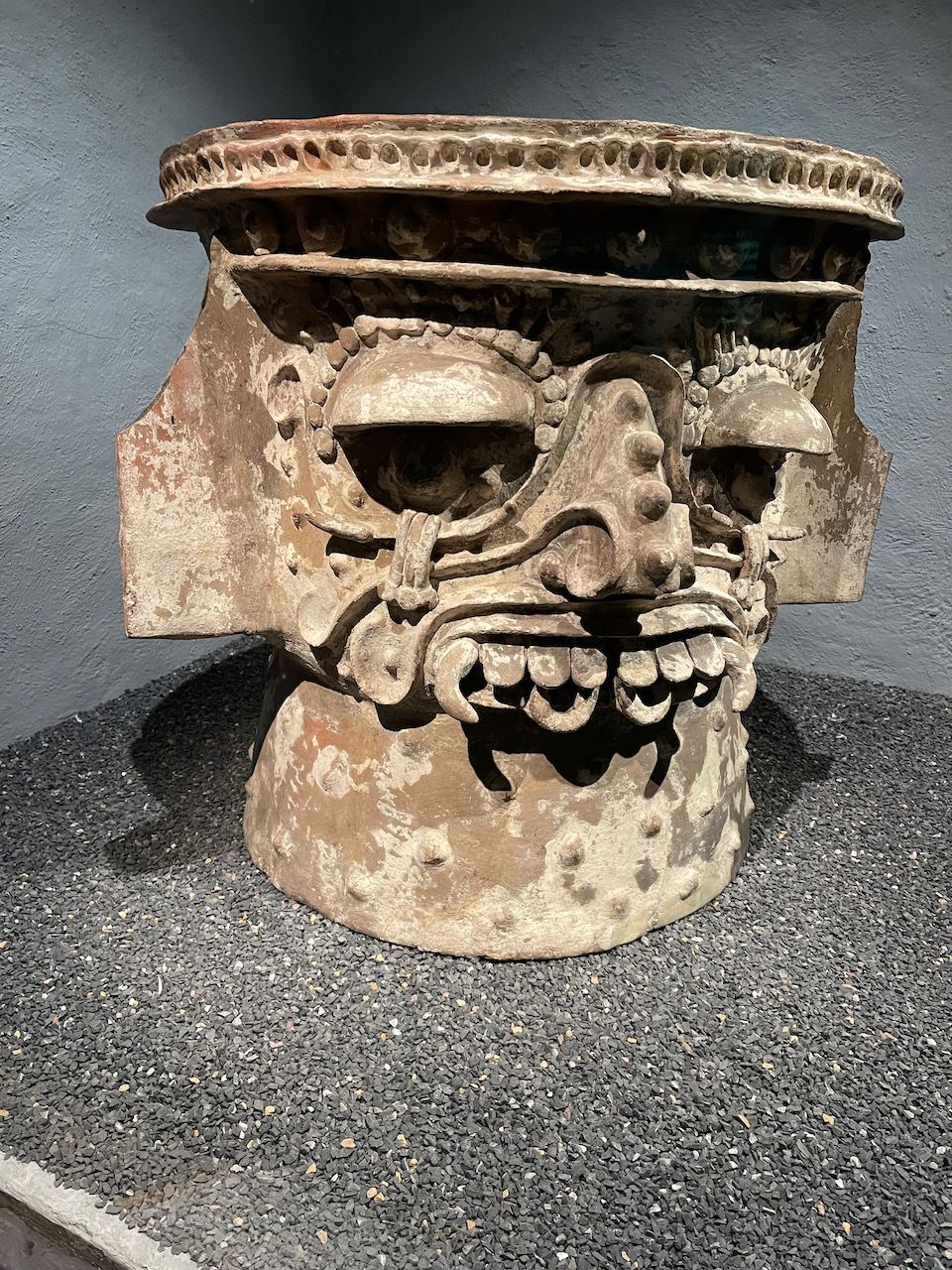
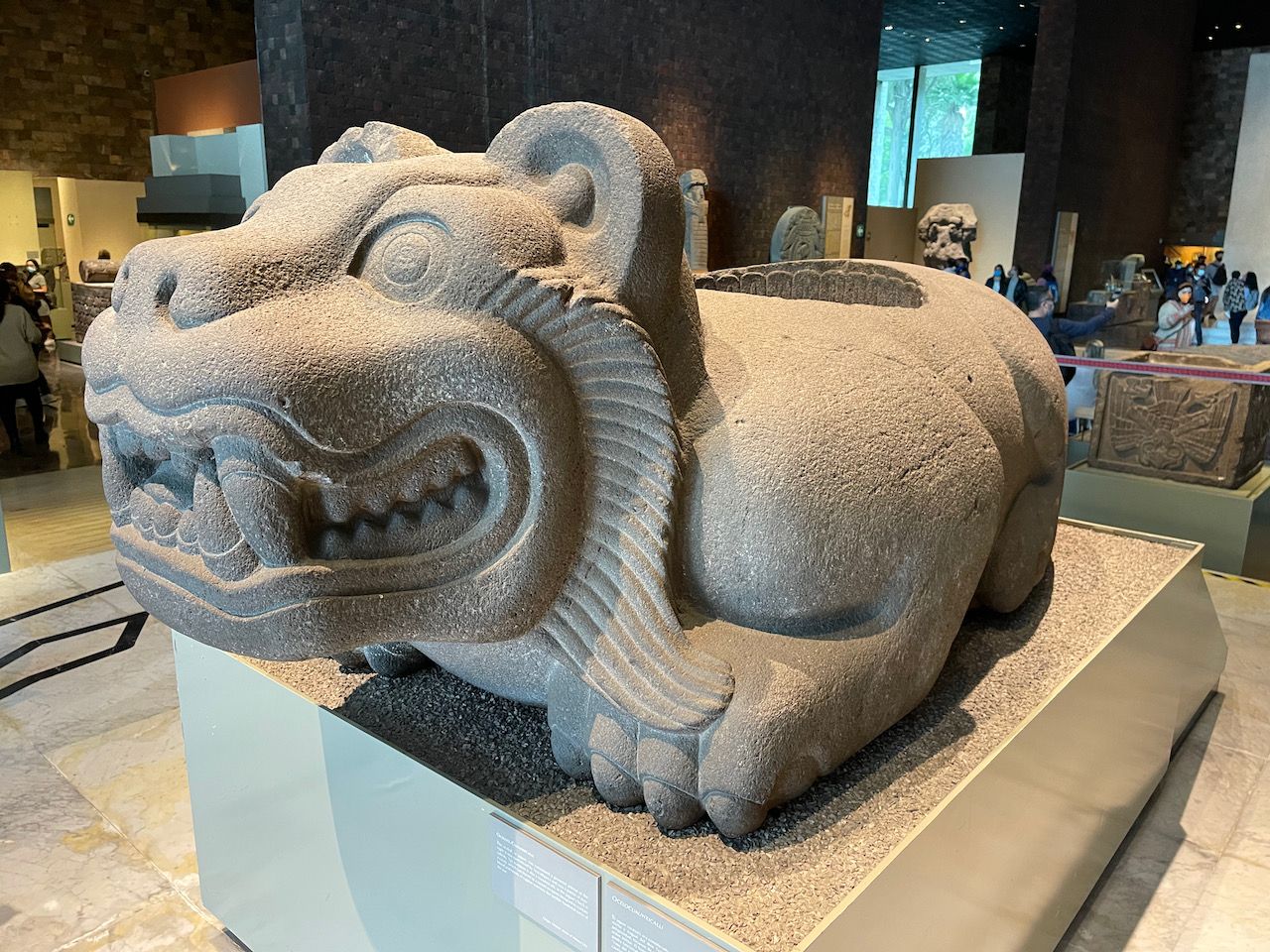
Separately, both groups sometimes put massive effort into religious monuments. Olmec, Mayan, and Aztec pyramids come close to rivaling the ancient Egyptian pyramids in size. There’s an obvious bias when studying ancient civilizations in being drawn to their most visually impressive achievements, and large stone structures are the least likely to be destroyed in the intervening millennia, so they tend to be signature features of ancient civilizations. The leaders of both the Egyptians and Mesoamerican tribes decided it was worth siphoning a large fraction of GDP into “useless” stone pyramids that served a purpose in signaling pride in national identity, wealth, and power. It’s not surprising that this sort of costly signaling developed everywhere; it’s a general property that often emerges from biological systems where the need to demonstrate something (eg reproductive fitness) is so high that animals spend a lot of their resources on it (eg peacocks walking around with heavy tail feathers that make them easier for predators to catch).
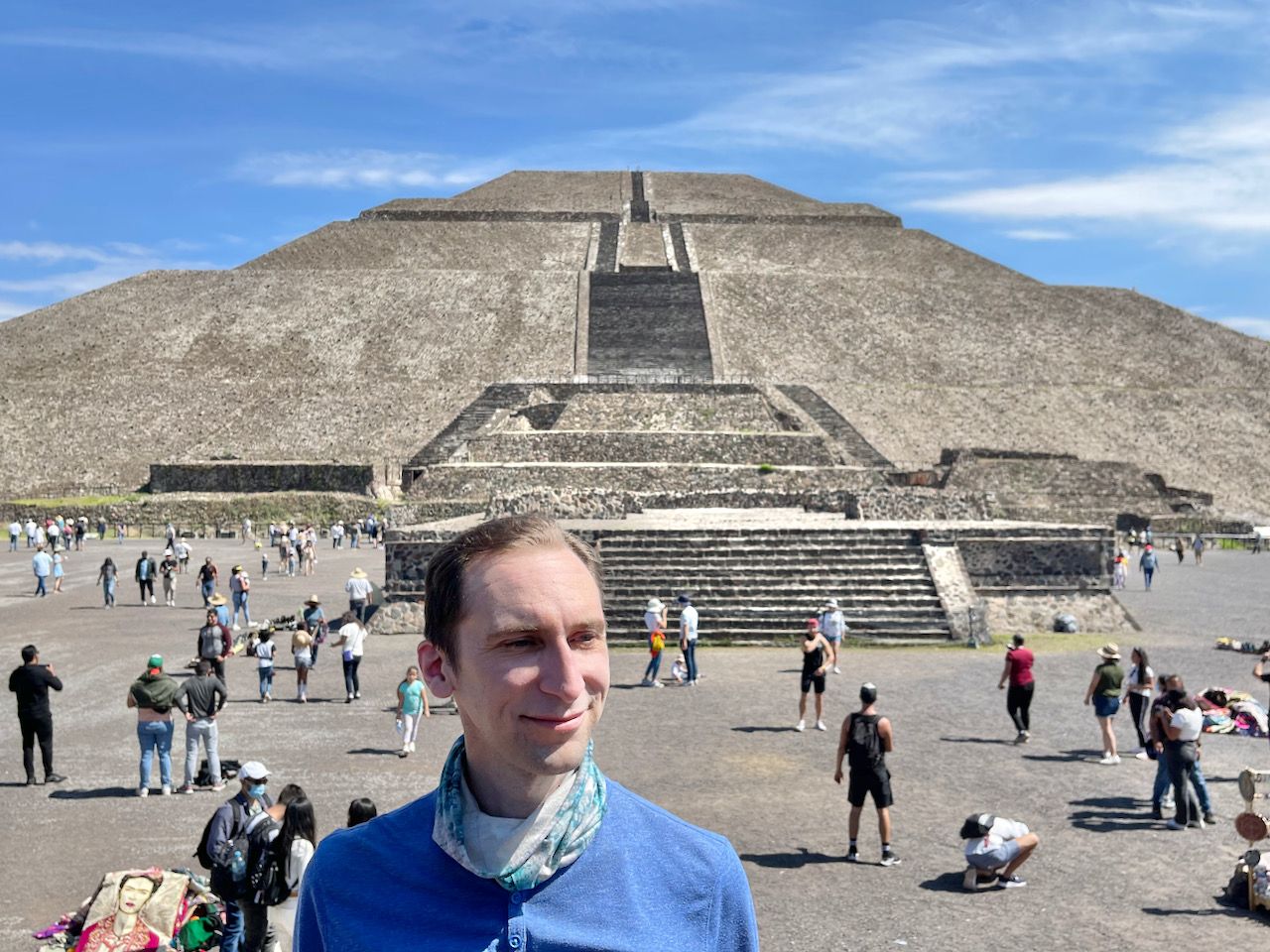
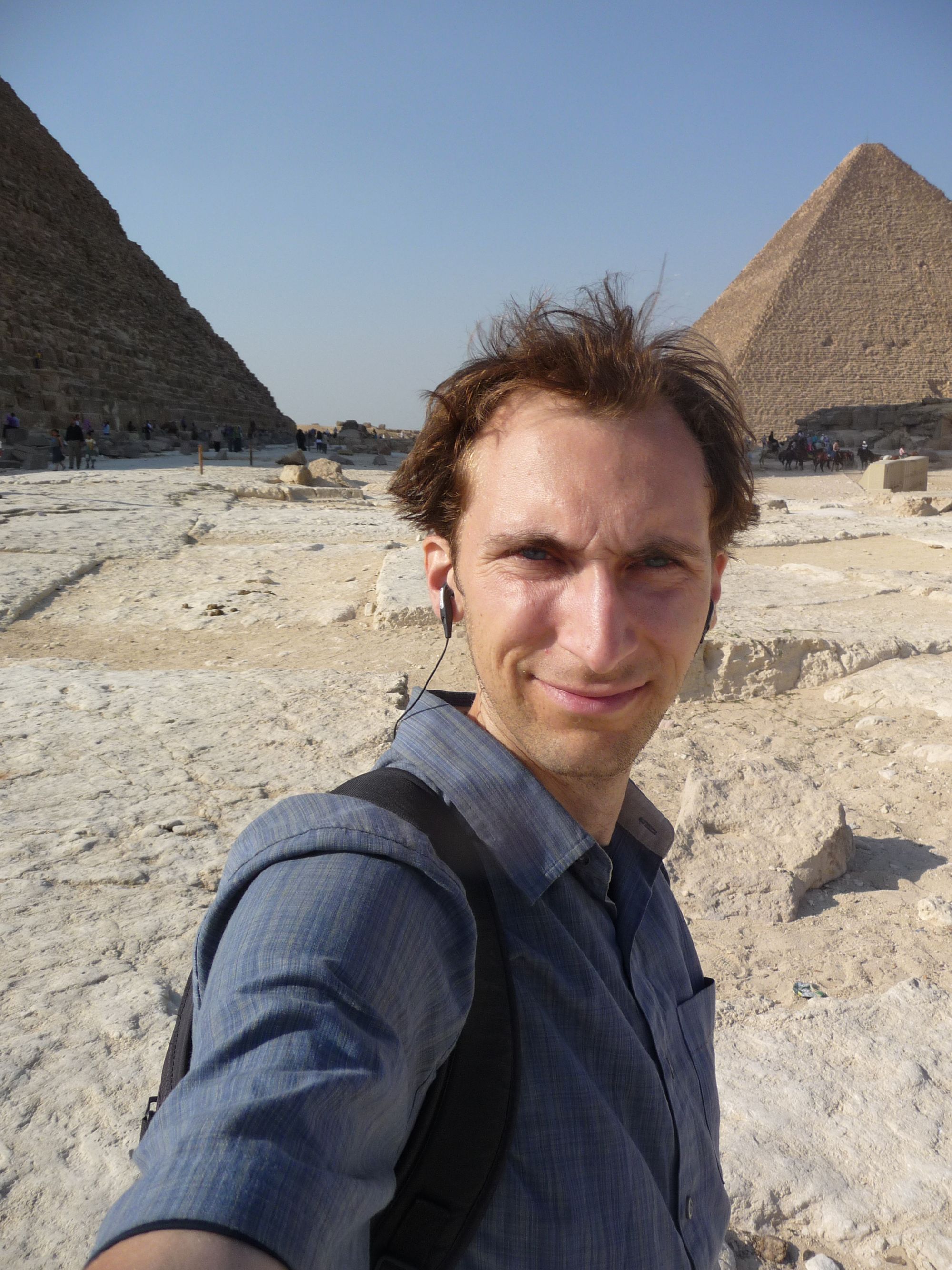
Both groups created large scale spectator sports. While the ancient Romans had gladiatorial games in the Coliseum and horse races in the Hippodrome, most Mesoamerican cities had some form of high-stakes ball game that involved human sacrifice under certain scenarios.
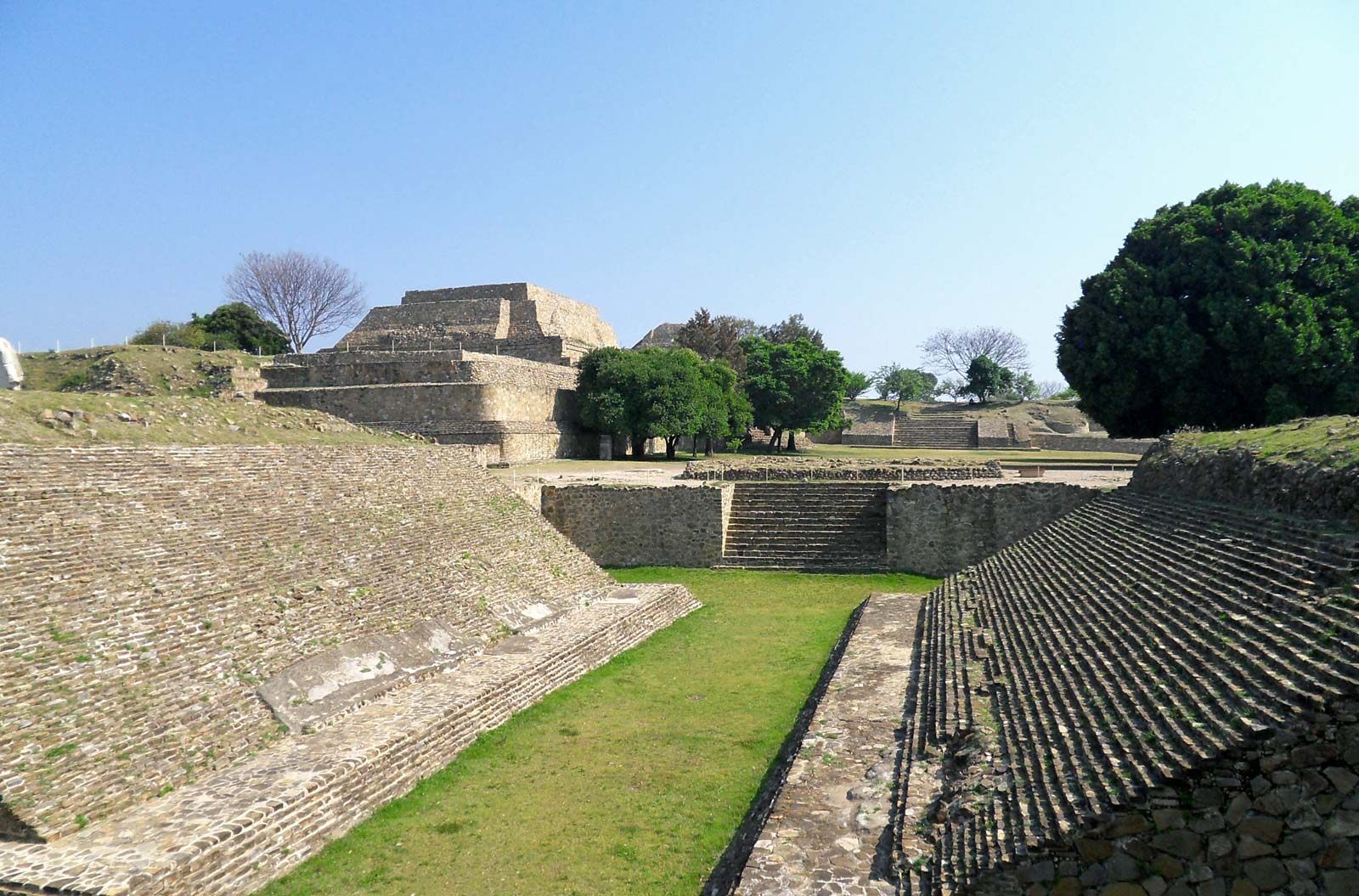
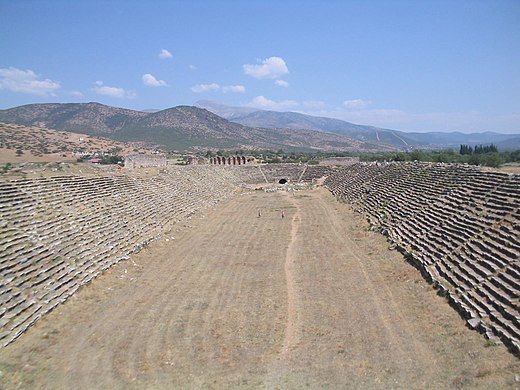
Finally, the question comes up of cultural development. While it’s easy to get distracted by monuments and art, there’s the question of what sort of societies were created and what life was like for average residents. When comparing societies, I like to use the thought exercise of imagining whether I’d rather be a randomly chosen member of one society or another. Would I rather be a random American or a random North Korean? Definitely American. Would I rather be a random Aztec in the 1400s or a random Spaniard in the 1400s? Unclear. I still don't know enough about either culture to make the call, but neither option is particularly good. The situation for European peasants under feudalism (and by all probability, a randomly chosen person will be a peasant) was quite bad. The Aztecs also had a fairly rigid class structure, and the situation for the poorer classes (farmworkers, servants, and slaves) was also quite bad. Most Mesoamerican civilizations also engaged in a lot of human sacrifice, sometimes on the scale of thousands for the initiation of a new pyramid. The Aztecs particularly relished it, and one reason Cortez was able to convince neighboring groups to help him overthrow the Aztecs is that the Aztecs had a regular habit of capturing their people and using them as human sacrifices. Life around the world back then could be very rough, and while there were likely isolated pockets of society that were isolated from regular war and violence, that certainly wasn’t the norm.
As a final note, Columbus was almost certainly not the first member of the European/Asian/African branch of civilization to make contact with the American branch. Based on genetic analysis of Polynesians, there’s strong evidence that some Polynesians sailed to the west coast of South America, interbred, and returned to islands in the South Pacific sometime around 1200. That must have been an interesting encounter.
